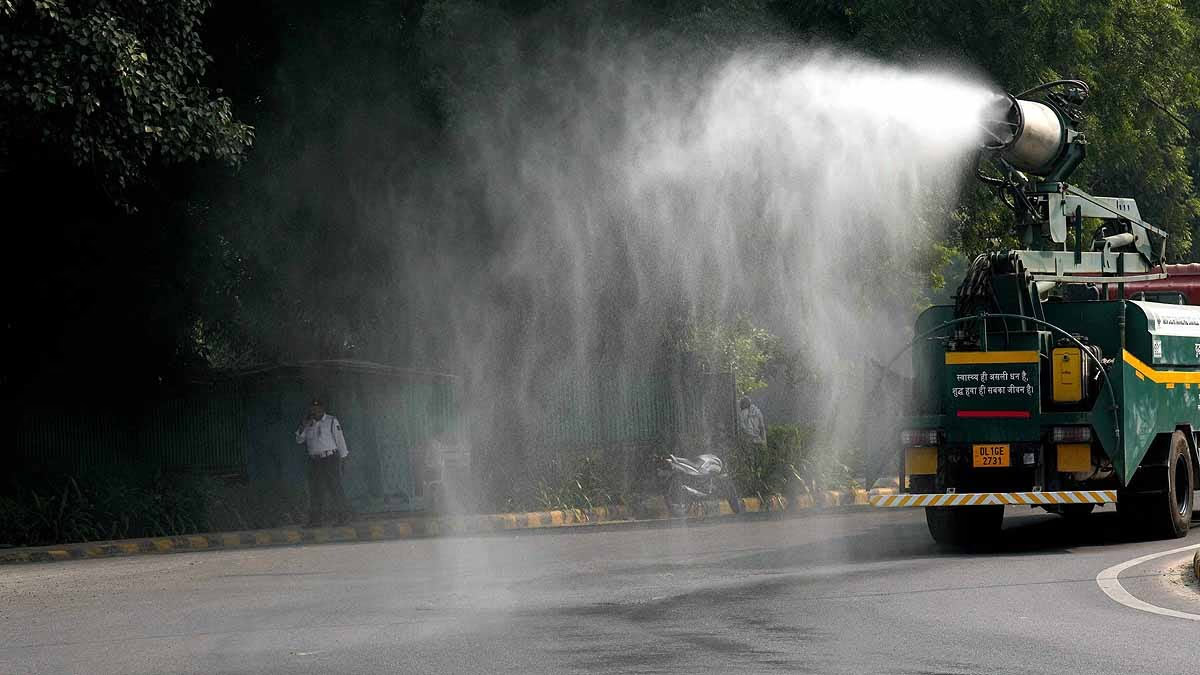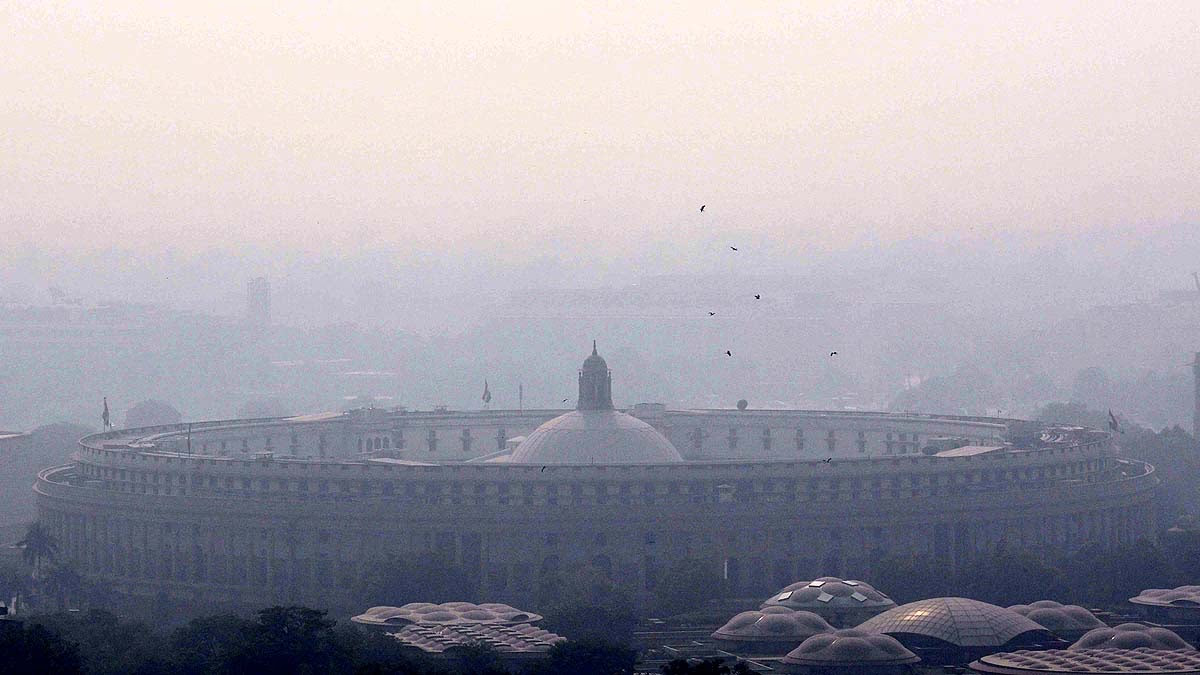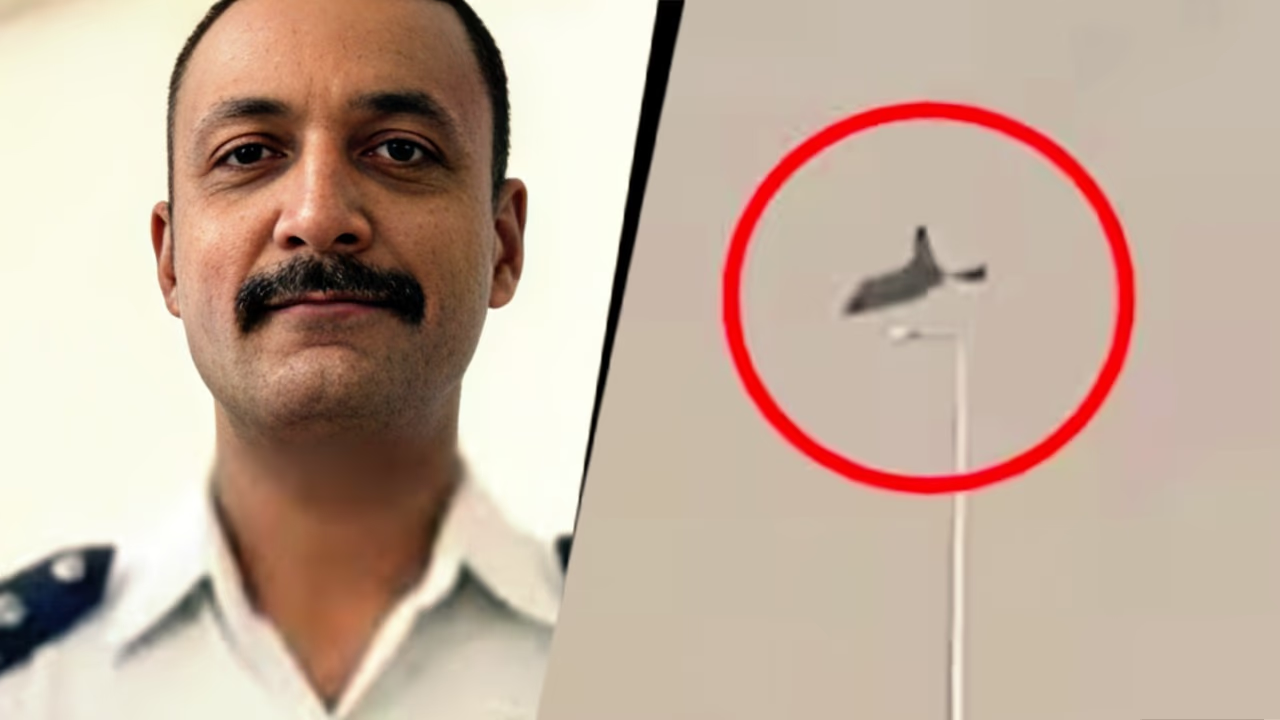Delhi's air has turned toxic once again. During the winter, a thick blanket of smog makes breathing almost impossible. However, several major cities worldwide have faced pollution levels similar to those in Delhi. Here, pollution escalated to a point where people fell sick, visibility dropped, and mortality rates increased. Yet, these cities did not concede defeat.
Through stringent regulations, novel technologies, and public involvement, they curtailed pollution. Today, we will discuss London, Beijing, Mexico City, Los Angeles, and Paris. Delhi should draw lessons from them. Let’s discover how these cities purified their air...
London in the 1950s was gripped by the infamous 'Great Smog.' Cold weather combined with coal-burning from homes and factories led to a thick, choking fog, reducing visibility to mere feet. Over 10,000 people perished. This was eerily similar to Delhi's smog situation.
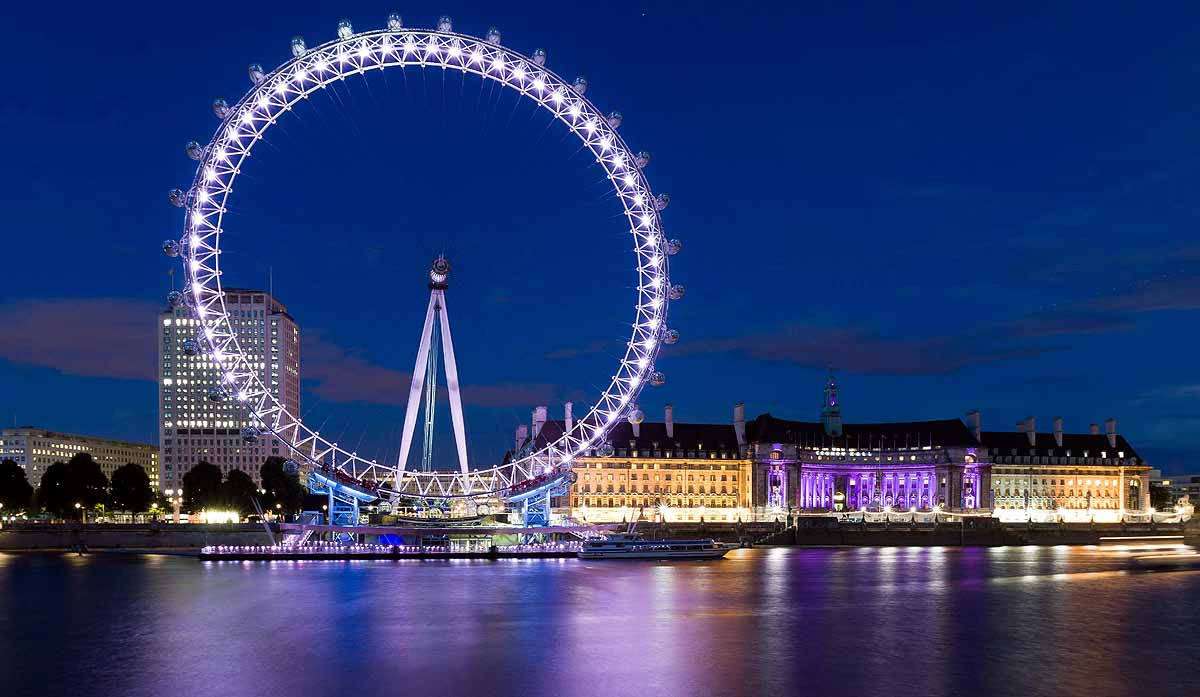
Source: aajtak
What happened next?
In 1956, Britain enacted the 'Clean Air Act.' It curbed smoke from homes and factories and established smoke control areas mandating the use of smokeless fuels. Subsidies were provided for clean fuels, and the legislation was further tightened in 1968. Currently, the ultra-low emission zone (ULEZ) charges non-compliant vehicles.
The result?
Over decades, the air quality improved significantly. Poisonous air reduced by a third in six months. However, thousands still succumb to nitrogen dioxide and particulate pollution annually. Nonetheless, London's experience shows that policy and subsidies can make a difference.
In Beijing, factories mushroomed during the 1980s. Coal-burning power plants and millions of cars poisoned the air. Between 2013-17, PM2.5 levels soared, damaging lungs—a condition similar to Delhi's AQI struggles.
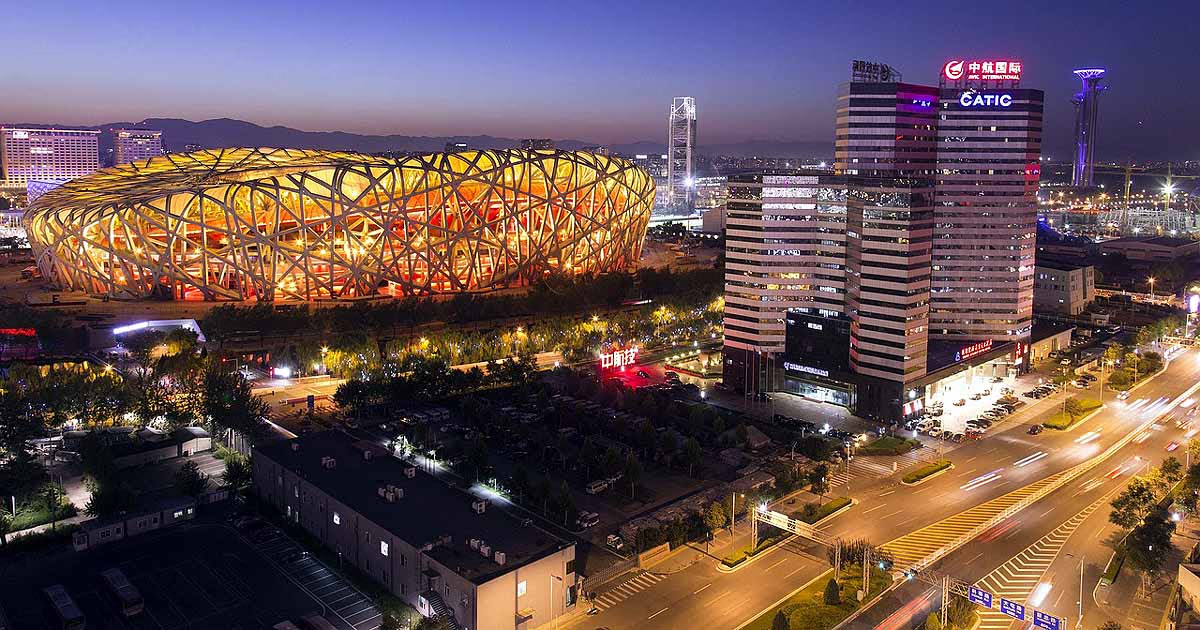
Source: aajtak
Beginning in 1998, steps were taken. Ultra-low emission standards were implemented, air monitoring stations were established, and public transport infrastructure was expanded. Incentives were provided to shift factories to clean fuels. Transparency in data kept citizens informed. The economy pivoted from heavy to lighter industries, and subsidies were offered for switching from coal to gas.
The astounding outcome!
Between 2013-17, PM2.5 levels saw a 35% drop, and surrounding areas by 25%. According to the UN, no other city in the world improved as rapidly. Pollution was cut by up to 50%. However, masks are still commonplace.
In the 1980s-90s, Mexico City was dubbed the world's most polluted city. Millions of cars and the city's sprawling valley exacerbated pollution, making breathing akin to smoking a cigarette. In 1992, the UN ranked it as the worst. Like Delhi, it endured vehicular congestion.
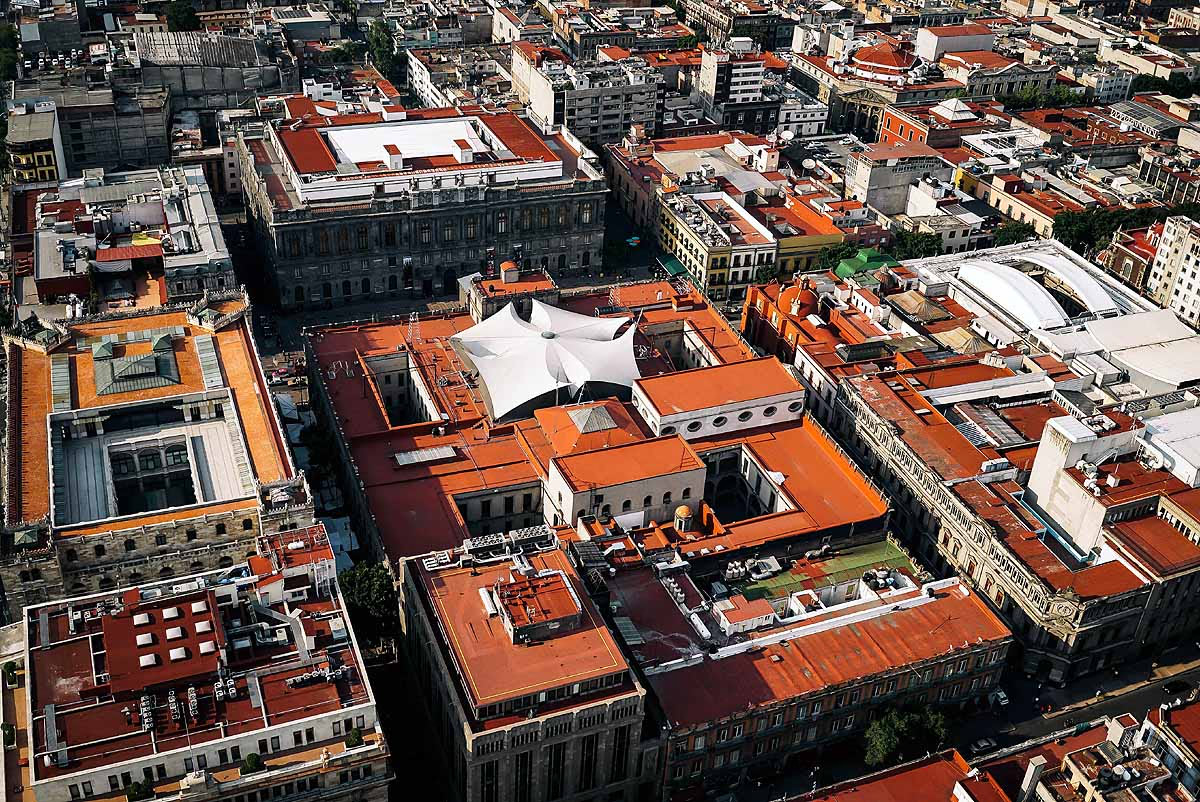
Source: aajtak
First steps in 1989:
Cars were regulated by license number restrictions. From Monday to Friday, 20% of cars were kept off the roads. The ProAire reforms were rolled out, increasing public transport and solidifying emission norms for vehicles.
Progress was achieved. The air cleared, but with population growth, the challenge re-emerged. People bought additional cars. By May, PM2.5 was six times above normal, prompting an emergency. Nonetheless, initial actions brought significant improvements.
Known as the 'Smog Capital,' Los Angeles battled severe ozone and particulate pollution from the 1940s-70s, caused by vehicles and factories. During heatwaves, the smog scalded lungs. This mirrors Delhi's vehicular pollution concerns.
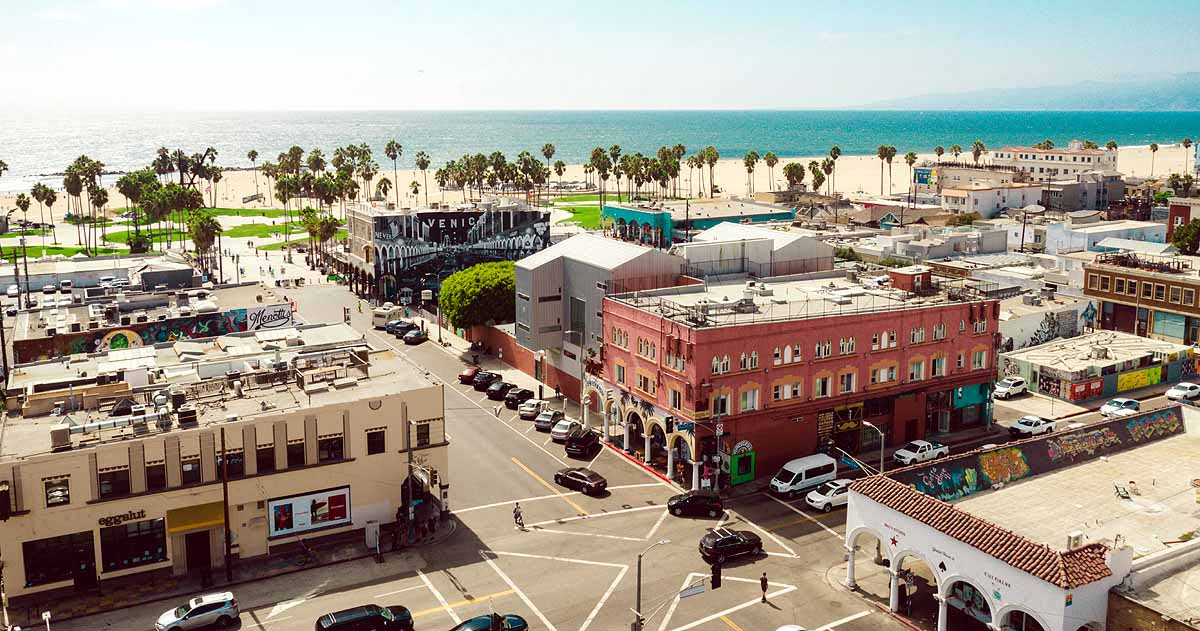
Source: aajtak
The Clean Air Act initiated change. Focus was placed on vehicle emissions. Smog check programs were instituted. Cleaner fuels were adopted. Bus and truck engines were retrofitted. Diesel trucks were banned from ports. Since 1990, hundreds of regulations have been enacted.
Stunning results!
Since 2000, bad ozone days decreased by 40%, with a significant decline in PM2.5. School absences dropped by 2.8 million, saving $220 million in costs, and children's lung function improved. Yet, it remains America's most polluted city.
In the 2000s, Paris was Europe's pollution hub, with diesel vehicles elevating nitrogen dioxide and PM2.5 levels. Respiratory diseases surged. Congestion paralleled Delhi's gridlocks.
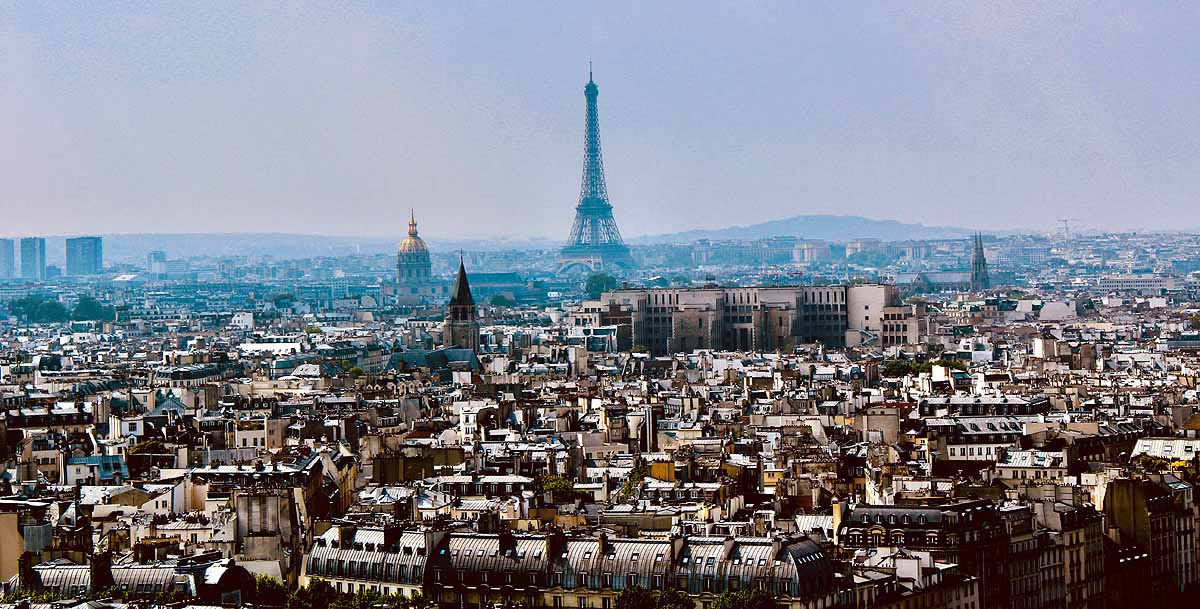
Source: aajtak
Mayor Anne Hidalgo reduced car usage. Low emission zones and cycling lanes (1,400 km) were expanded, and pedestrian areas grew. Diesel vehicles were banned by 2020. Speed limits were set at 50 km/h, and higher parking fees were imposed on SUVs. Public transport electrified.
The outcome!
Since 2005, PM2.5 reduced by 55% and NO2 by half. Between 2010-19, pollution-related deaths fell by a third. Overall pollution dropped by 40%. Paris is cleaner in anticipation of the 2024 Olympics.
